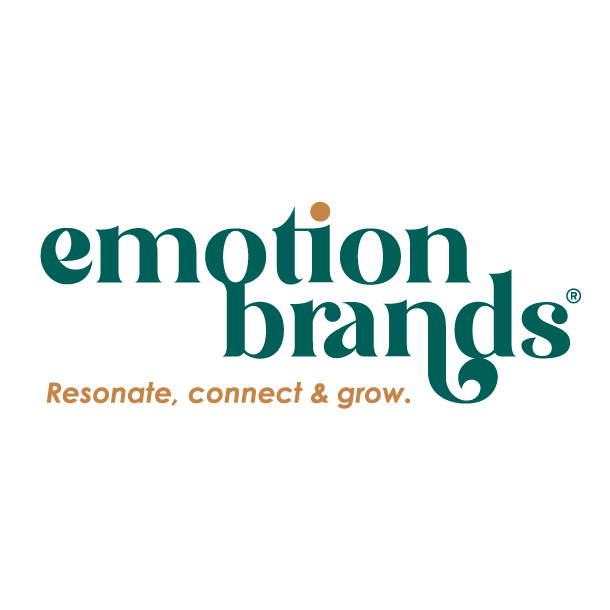Unveiling the Psychology Behind Successful Logo and Branding Design
In today’s highly competitive market, effective branding has become more important than ever before. A well-designed logo and branding can significantly contribute to a company’s success, it serves as the face of the brand and creates a lasting impression on consumers. Understanding the psychology behind successful logo and branding designs is crucial for businesses aiming to make a difference in the market. In this article, we delve into the world of logos and branding, exploring how psychology plays a vital role in their design and impact.
Brand Strategy: The Foundations of Business Success
Before we jump into any talk of design, it’s essential to put in the ground work first. In order to create a successful brand it needs to have a strong core from which to grow. Brand Strategy is the process of setting out a plan for the initial development of a brand, and is an important step before embarking on any logo and branding design.
Colour Psychology: The Art of Symbolism
One of the fundamental aspects of logo design is colour selection. Different colours evoke different emotions and have a significant impact on how consumers perceive a brand. For example, red is often associated with passion and energy, while blue symbolises trust and reliability. Understanding the target audience and the message a brand aims to convey is crucial in choosing the right colours for a logo.
Shapes and Symbols: Communicating Subliminal Messages
Another key element in successful logo designs is the use of shapes and symbols. Shapes can evoke specific emotions and associations in the minds of consumers. For instance, sharp angles and straight lines often convey strength and efficiency, while rounded shapes evoke a sense of comfort and approachability. Similarly, symbols, such as arrows or hearts, can convey specific meanings or messages. Incorporating these elements into a logo design can effectively communicate subliminal messages to the audience, reinforcing the brand’s values and purpose.
Typography: The Power of Words
Typography is another essential component of logo design that often goes unnoticed. Different font styles, sizes, and weights can communicate various messages. For example, bold and capitalized fonts may convey strength and authority, while handwritten fonts can create a personal and friendly vibe. Choosing the right typography for a logo helps to establish the brand’s tone and personality, influencing how consumers perceive and connect with the brand.
Simplicity and Memorability: Less is More
Successful logos often have one common attribute – simplicity. Simple designs are easier to remember and recognize. They are more versatile and can be used across various marketing materials and platforms. A cluttered or complex logo may confuse consumers and dilute the brand’s message. By opting for a clean and straightforward design, companies aim to create a lasting imprint in the minds of their target audience, ensuring recognition and recall whenever they encounter the logo.
Cultural Relevance: Speaking the Language of the Target Market
When crafting a logo, it is crucial to consider the cultural context of the target market. Visual elements that have cultural significance can greatly impact a logo’s effectiveness. Cultural symbols, colors, or gestures can appeal to the emotions and values of a particular audience, fostering a deeper connection between the brand and its customers. By incorporating cultural relevance into logo designs, companies can establish a sense of familiarity and resonate more deeply with their target market.
Consistency and Adaptability: Keeping the Brand Alive
Successful branding involves consistency and adaptability. A logo should be able to withstand the test of time and remain relevant while accommodating changes as the brand evolves. Consistency in logo design builds trust and fosters brand recognition, enhancing the brand’s overall salience in the market. However, logos should also be adaptable to fit various mediums and platforms, such as digital screens, print materials, or merchandise.
In conclusion, the psychology behind successful logo designs is a fascinating aspect of branding. Through colour psychology, shapes, typography, simplicity, cultural relevance, and consistency, businesses can create powerful logos that connect with their target audience on a psychological level. By understanding the underlying psychological factors that influence consumer perceptions and emotions, companies can design logos that effectively communicate their brand’s values, establish recognition, and propel their success in today’s competitive market. So, when it comes to designing a logo, keep in mind the psychology behind it, and you’ll set yourself up for branding success.
Publisher Details:
emotionbrands.co.uk
https://www.emotionbrands.co.uk/
Elevate your brand to resonate, connect and grow. Emotion Brands helps retail & hospitality businesses to effectively communicate with consumers through evocative design for branding and marketing.
For more information on logo and branding contact us anytime.